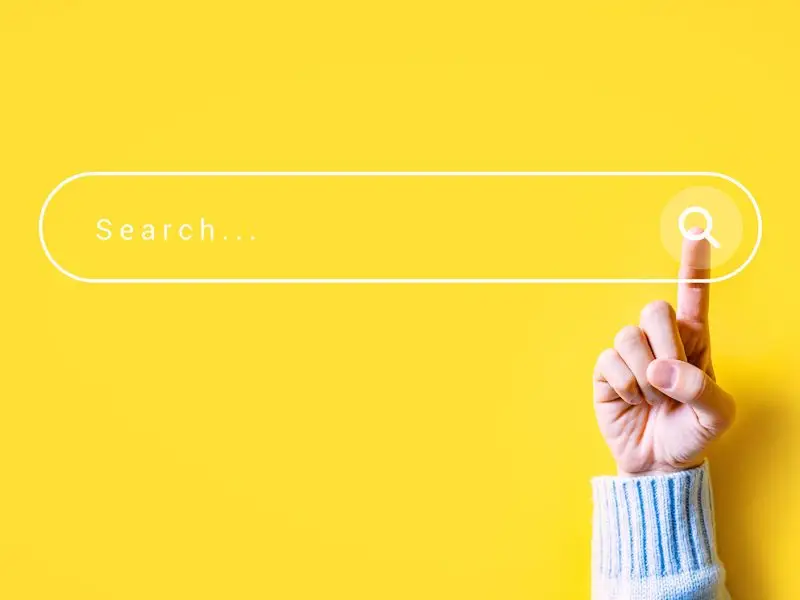Google Explains What it Means to be Core
Over the past few weeks, there’s been plenty of chatter surrounding Google’s announcement that Panda is now part of its core algorithm. While this initially caused quite a stir, Google has been quick to clarify what this really means, explaining that it’s not the major change many had imagined. So, what does being part of the core algorithm actually involve?
Gary Illyes from Google Webmaster used this analogy to explain the concept:
“Imagine the engine of a car. It used to be that there was no starter, so the driver had to go in front of the car and use a tool to start the engine. Today, we have starters in any petrol engine; it’s integrated. It’s more convenient, but essentially nothing has changed. For a user or even a webmaster, it shouldn’t matter which components live where—it’s really irrelevant. That’s why I think people should focus less on these ‘interesting’ things.”
What Google is saying here is that while Panda is now part of the core algorithm, the change doesn’t affect how it works for webmasters or users. It’s been refined and tested thoroughly, so it no longer requires manual updates or additional input—it simply runs automatically as part of the overall ranking system.
What Does This Mean for SEO?
When Andrey Lipattsev, a Search Quality Strategist at Google, expanded on this in a Google+ Q&A hangout, he made it clear that the integration of Panda into the core algorithm doesn’t alter how it functions from an SEO perspective. It’s still designed to reduce the rankings of sites with low-quality content while rewarding high-quality, user-focused websites. What’s changed is simply that it now runs automatically alongside other ranking factors.
The continuous nature of Google’s updates is another point that Lipattsev emphasised. Small tweaks and adjustments are made to the algorithm all the time—so, in a sense, updates are always happening. This highlights why it’s often difficult to define a specific Google update unless something significant occurs.
One of the more light-hearted exchanges in the hangout came when SEO consultant Ammon Johns asked, “Once they forgot how it works, it’s core?” To which Lipattsev replied, “That’s exactly right.” The message was clear: Panda has become a stable, reliable part of Google’s core ranking algorithm and doesn’t need further tinkering.
What Should Webmasters Do?
Google’s stance on this is straightforward: if there’s something major you need to know about, they’ll make an announcement. Until then, it’s business as usual for webmasters and SEO professionals. The focus should remain on high-quality, user-friendly content that delivers real value.
So, while the term ‘core algorithm’ might sound like a major shake-up, it’s really just about Google streamlining its processes. And as Gary Illyes mentioned, it’s not worth getting too worked up over these changes.
At The Last Hurdle, we always recommend keeping your content fresh, relevant and user-centric. Google’s core updates, including Panda’s integration, continue to reinforce that good quality content is the key to higher rankings and better visibility online.
If you’d like help with improving your site’s SEO or understanding Google’s ever-evolving algorithms, get in touch with our team today!





